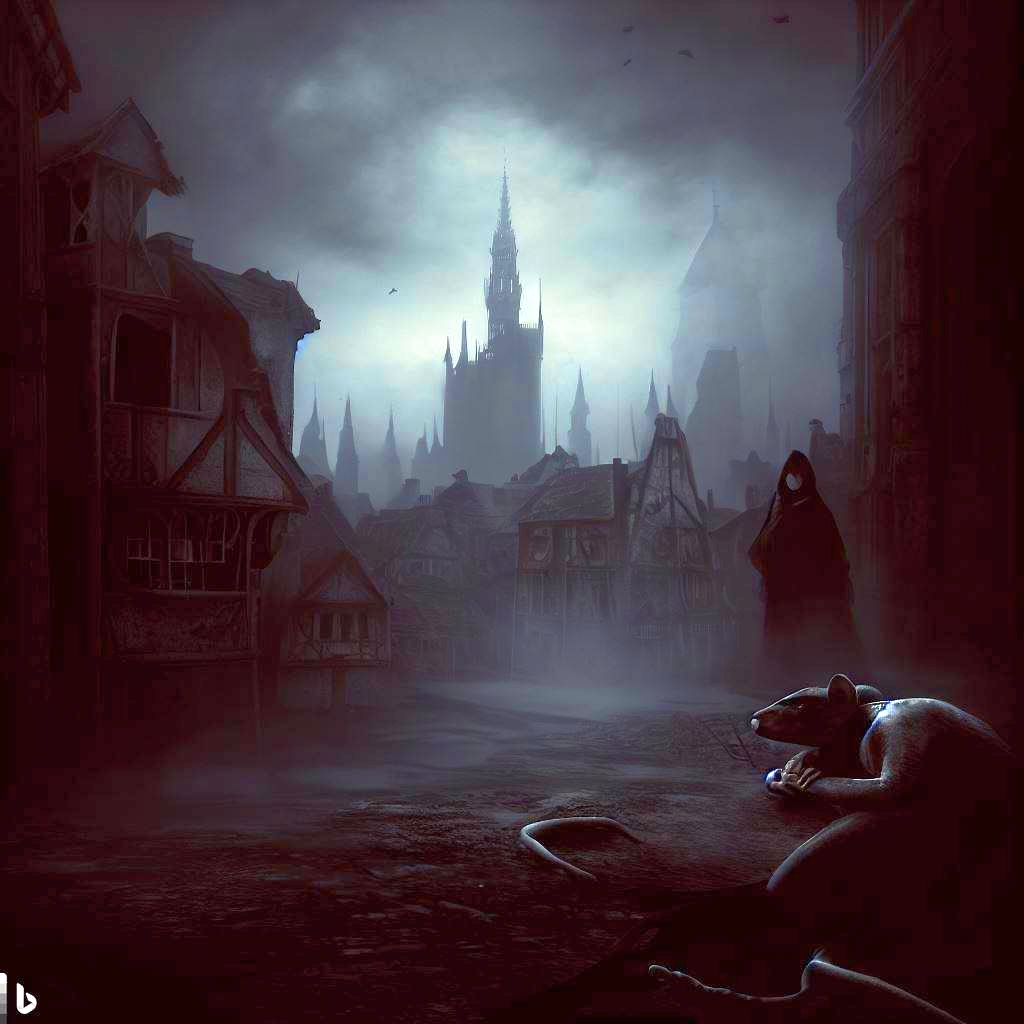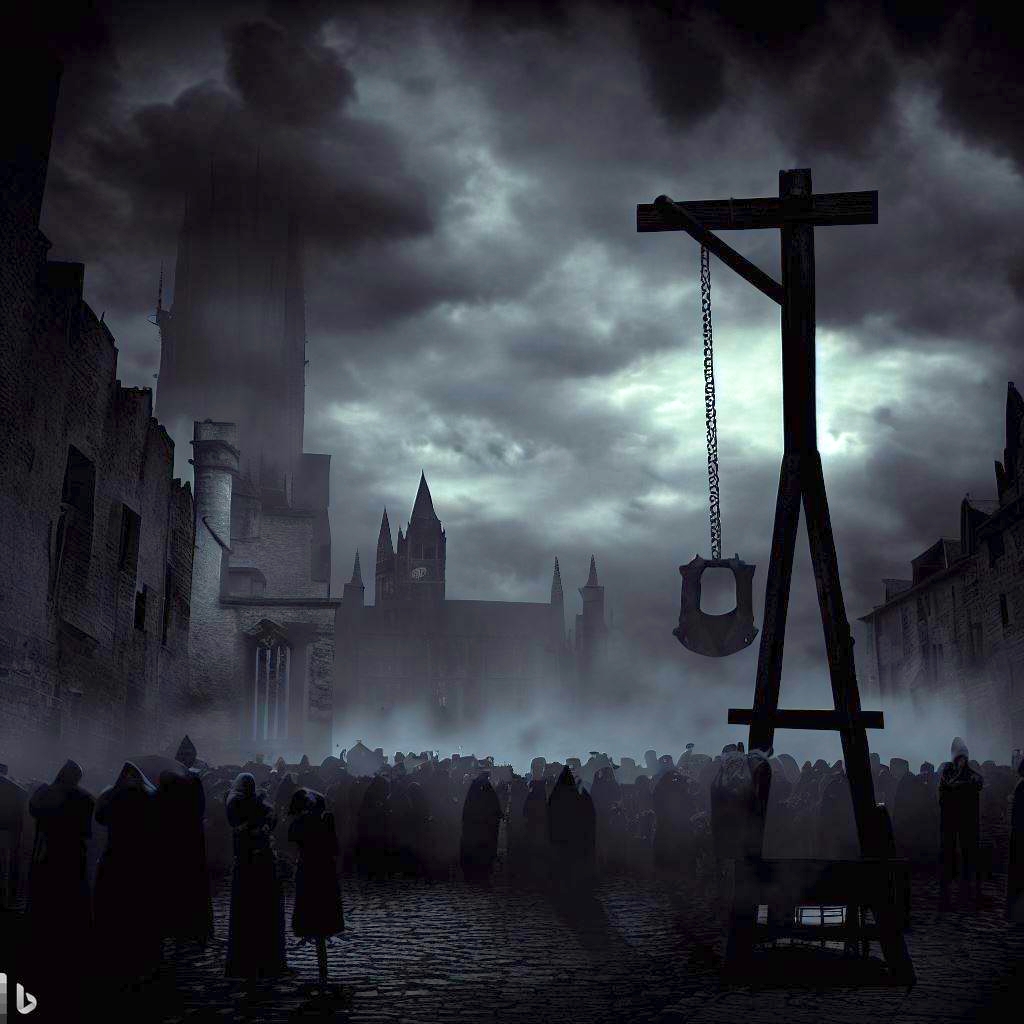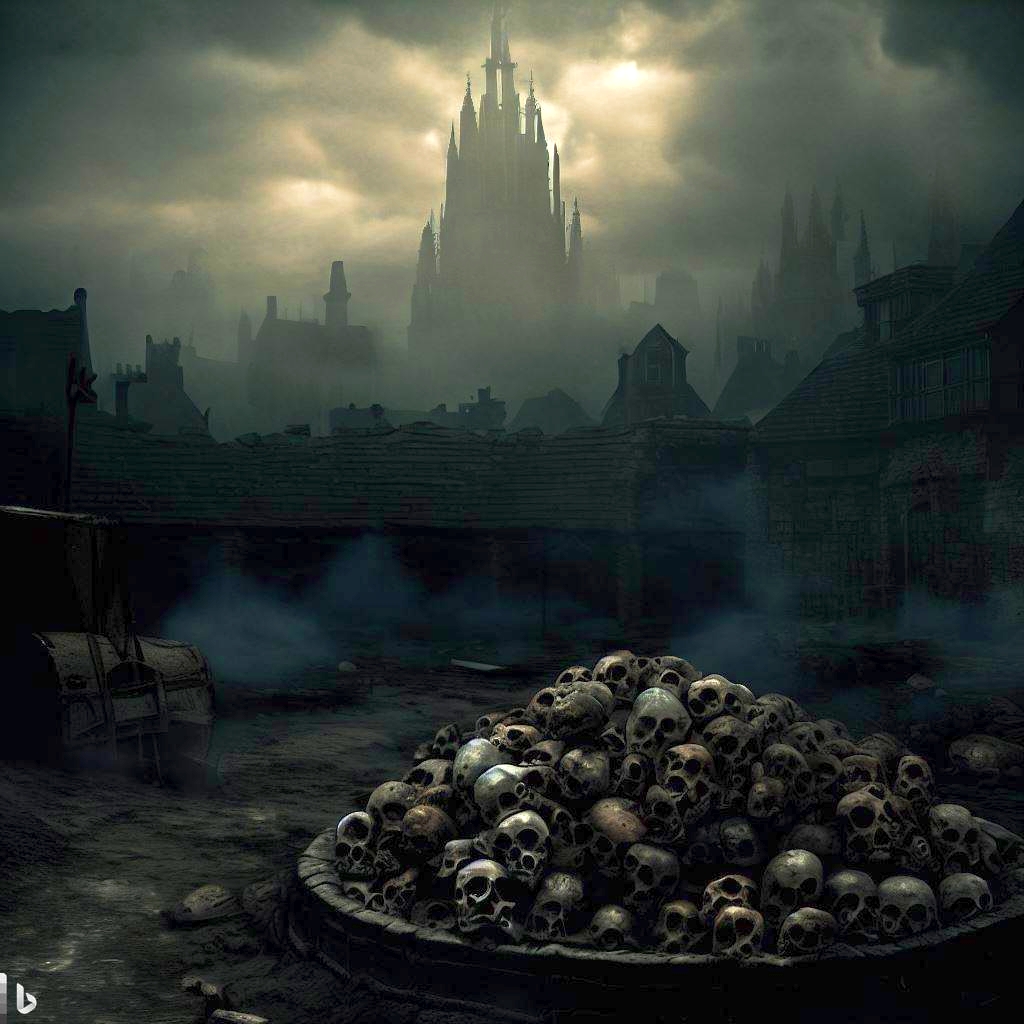In the annals of human history, few events have left a mark as indelible as the Black Death pandemic of 1348. Sweeping across Europe with unprecedented ferocity, this devastating plague brought death and despair to millions. In this blog post, we delve into the depths of this cataclysmic event, exploring its profound effects on daily life, art, and science.
Arrival of the Plague
In the spring of 1348, a silent killer crept through the bustling streets of Europe. The Black Death, believed to have originated in the distant lands of Asia, arrived on the continent through trade routes. Carried by fleas infesting black rats, the Yersinia pestis bacterium unleashed a wave of destruction that would forever alter the course of history.
Daily Life in the Grip of Fear
As the plague spread like wildfire, fear gripped the hearts of the people. The once vibrant cities turned into ghost towns, as those who could afford to fled to the countryside in a desperate bid to escape the clutches of death. The streets echoed with the wails of mourners, and the stench of decay permeated the air. The social fabric of society unravelled, as families were torn apart, and communities shattered.
Art in the Face of Desolation
In the midst of this harrowing ordeal, art became a means of expression and solace. The macabre imagery of the Dance of Death emerged, depicting skeletal figures leading people from all walks of life to their inevitable demise. Paintings and sculptures captured the anguish and despair of the era, serving as a haunting reminder of the fragility of human existence.
Science and the Quest for Understanding
The Black Death spurred a quest for knowledge and understanding. Physicians and scholars grappled with the mysteries of the disease, seeking remedies and explanations. The University of Paris established a special medical faculty to study the plague, paving the way for advancements in the field of medicine. The pandemic also led to the development of quarantine measures and the establishment of public health systems, laying the foundation for future disease control.
Conclusion
The Black Death pandemic of 1348 stands as a somber testament to the fragility of human life and the resilience of the human spirit. Its impact on daily life, art, and science reverberated through the ages, leaving an indelible mark on history. As we reflect on this dark chapter, let us remember the countless lives lost and the lessons learned, for it is through understanding our past that we can shape a better future.
References
– Ziegler, Philip. “The Black Death.” Harper Perennial, 2019.
– Byrne, Joseph P. “The Black Death.” Greenwood Press, 2004.
Tags
Divi Meetup 2019, San Francisco
Related Articles
Unappreciated Greatness
Life and Legacy of Jahangir of the Mughal Empire. Jahangir ruled over one of the largest empires in human history during his lifetime, yet few people outside of South Asia have heard of him. I aim to shed light on the life and legacy of this remarkable figure,...
The Plague Doctor’s Diary
A Personal Account of the Turin Epidemic of 1656. I am writing this diary to record my experiences and observations as a plague doctor in Turin, the capital of the Duchy of Savoy, during the terrible epidemic that has afflicted this city and its surroundings since the...
The Timeless Beauty of Bustan
Unveiling the Secrets of Saadi Shirazi's Masterpiece.In the realm of Persian literature, few works have captured the essence of love, spirituality, and morality quite like Bustan (The Orchard) by Saadi Shirazi. This 13th-century masterpiece has left a lasting impact...
Stay Up to Date With The Latest News & Updates
Explore
Browse your topics of interest using our keyword list.
Join Our Newsletter
Sign-up to get an overview of our recent articles handpicked by our editors.
Follow Us
Follow our social media accounts to get instant notifications about our newly published articles.









